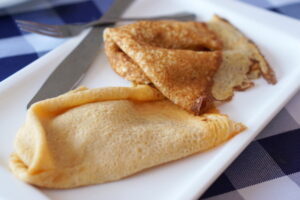Think of France’s croque monsieur as the lovechild of a grilled cheese and a ham and cheese sandwich. Ham and gruyere are sandwiched between two slices of white bread, topped with béchamel sauce, and broiled. Served with a green salad, it’s a common, quick-and-easy Sunday supper for many French families.
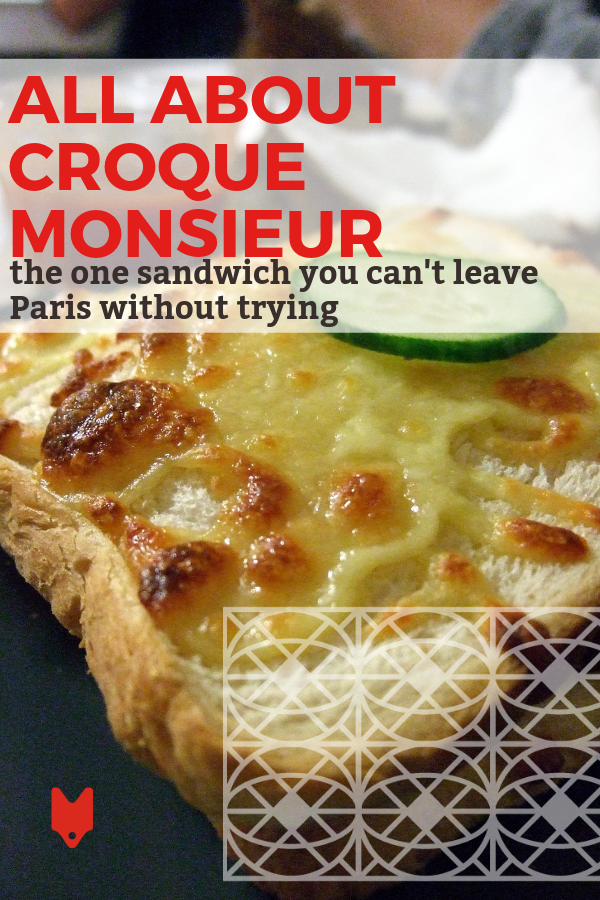
Photo Credit: Kayhadrin, Text Overlay: Devour Paris Food Tours
The Origin Story
This comfort food staple also serves as an emblem of the Parisian café, where generations have enjoyed the traditional recipe for this classic French sandwich. Most croque monsieur origin stories point to Le Bel Age café and proprietor Michel Lunarca as the instigator of the croque. In 1910, Lunarca reportedly named the “crunchy mister” after telling patrons his broiled sandwiches featured “mister meat.”
Luckily, Lunarca didn’t actually serve up cannibalism, and his ham-and-cheese concoctions quickly gained popularity. As a result, croques soon appeared everywhere, occasionally topped with a fried egg, which transformed the sandwich from a monsieur into a madame.
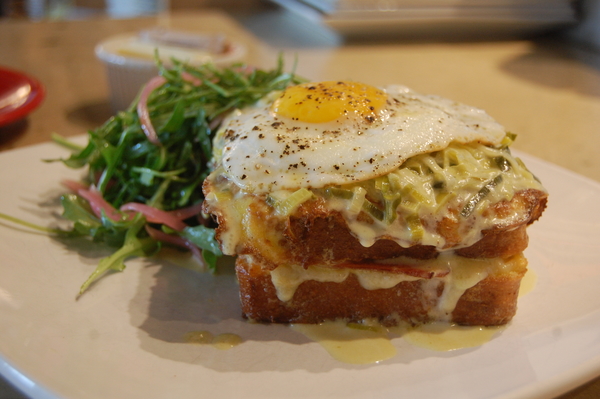
The croque madame has become nearly as popular as the original monsieur. Photo credit: stu_spivack
The Fall of a Giant
Over time, cafés catering to tourists began to dominate the croque monsieur scene. Unfortunately, they often served reheated, frozen versions with congealed cheese, soggy bread, and mealy béchamel. Because of this decline in quality, locals stopped seeking out croques in favor of other options.
Now, modern restaurateurs have committed to bringing this Parisian classic back to life. A sandwich relying on only three main ingredients demands that each one be of the highest quality. For example, many top restaurateurs rely on Prince de Paris, the last producer of true “Paris ham” in the capital. This approach emphasizes the importance of artisanal ingredients in recreating the authentic experience of a classic French sandwich.
Owner Yves Le Guel bought the company in 2005 and decided to produce artisanal ham using local methods dating back to the 1700s. He brines the ham in an aromatic broth and slow-cooks it over low heat, resulting in tender, juicy meat completely free from artificial additives or preservatives.
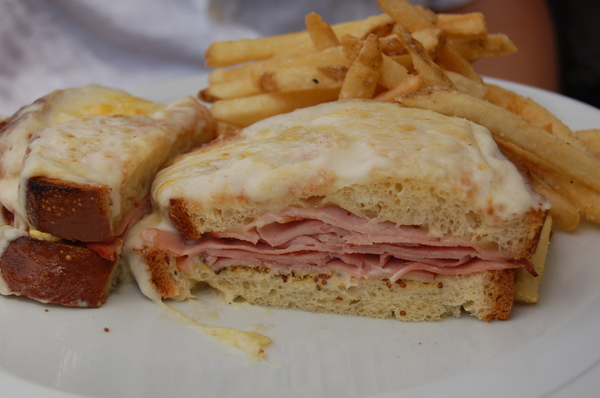
Despite its simplicity, the humble croque monsieur can be hard to make well—but when done correctly, there’s nothing better. Photo credit: snowpea&bokchoi
Best Croque Monsieur in Paris
You can find these outstanding hams on the tables (and in the croques!) of top establishments like Frenchie to Go, the quick-service sister of Michelin-starred Frenchie. Each Christmas, the staff serves up a seasonal croque with:
-
Prince de Paris ham
-
Truffles
-
Rich, creamy Brillat Savarin instead of traditional gruyere
Frenchie doesn’t stand alone in playing with the traditional recipe. Laurent Dubois, a celebrated MOF cheesemonger, also experiments at his restaurant on the top floor of the gorgeous 19th-century Printemps department store. He offers a variety of alternative croques, such as:
-
Aged goat cheese with sautéed spinach and pine nuts
-
Smoked salmon with ricotta
When the team designed a restaurant devoted to cheese, they chose to spotlight the croque instead of pizza or burgers. Carl Legrain, the manager, explains, “We thought to ourselves: the croque monsieur could be interesting.”
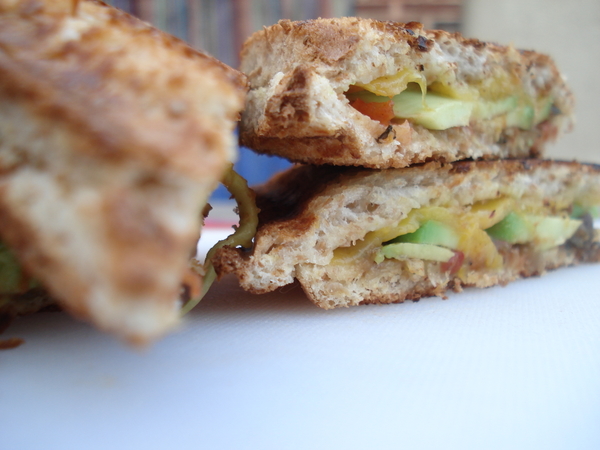
Modern versions of the classic croque retain everything we know and love about the original, while keeping things interesting with unique twists. Photo credit: bloggyboulga
Nevertheless, Dubois isn’t alone in this pursuit. A handful of croque-centric restaurants have opened across Paris, including the trendy Madame Messieurs, whose menu includes creative options like the François, with Serrano ham, roasted peppers, and sheepsmilk Ossau Iraty cheese. Additionally, the Charles combines apples, mango, fig, smoked duck breast, and foie gras.
The Croque also dedicates its menu entirely to croques. Of course, Le Clasico features Prince de Paris ham, but you’ll also find:
-
Salmon, cream cheese, and dill
-
Goat cheese with walnuts, tomato, and mushroom
-
Sweet versions such as nutella with banana and mascarpone, or honey and goat cheese
Frédérique Blanc, founder of The Croque, updates the croque monsieur for modern diners by placing both béchamel and egg (in the case of the madame) inside the sandwich. This innovation makes it easier to eat on the go and eliminates the traditional need for a fork.
With such an array of choices, one might ask: at what point is a croque no longer a croque? According to Blanc, a croque monsieur always combines ham, cheese, bread, and béchamel. However, she believes any hot sandwich made on true French bread—like the kind she sources from artisan baker Jean-Luc Poujauran—can count as a croque if it features high-quality, artisanal ingredients.
She explains, “I wanted to do something simple but something French. I wanted to highlight magnificent French ingredients and update the croque monsieur to a modern, enjoyable, nourishing, balanced street food.”
Whether you modernize this French sandwich or stick with tradition (as in this version from the New York Times), you’ll discover that the croque monsieur represents simplicity defined—and stands as a Parisian classic that isn’t going anywhere any time soon.
Whether you embark on a quest for the perfect croque at a Parisian café or create this classic at home, the croque monsieur remains a timeless favorite—simple, satisfying, and undeniably French.

